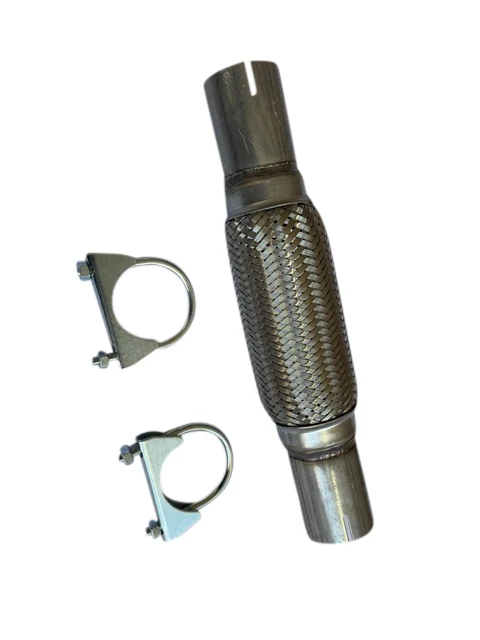Uncategorized
Can a flexi pipe be repaired?
One of the most significant components of a vehicle’s exhaust system is the flex pipe, often known as the flexi pipe. This vital part, serving as a conduit for exhaust gases, is designed to absorb vibrations and movements from the engine and exhaust system. However, like all mechanical parts, even a good quality flexi pipe is not exempt from wear and tear. This leads us to the million-dollar question: can a flexi pipe be repaired?
The short answer to this is yes. However, the nature, feasibility, and durability of the repair depend heavily on several factors, including the severity of the damage, the skill level of the technician, and the specific methods used.
Understanding Flexi Pipes
To fully grasp the process of repairing a flexi pipe, we must first understand what it is and its role in a vehicle’s exhaust system. Flexi pipes, as the name implies, are flexible sections of the exhaust system that bridge the gap between the engine and the more rigid parts of the exhaust. They are designed to absorb the vibrations from the engine and movements of the exhaust system while the car is in motion, preventing these forces from damaging other components.There is also an impact of flexi pupes on acceleration.
When Should Flexi Pipes Be Repaired?
Flexi pipes, due to their high exposure to heat, corrosive exhaust gases, and mechanical stress, are prone to wear and tear. Typical issues include leaks due to cracks or holes, which can lead to a louder exhaust sound, decreased fuel efficiency, and even the emission of harmful gases into the cabin.
However, not all damaged flexi pipes need to be repaired. Some might simply need to be replaced. Minor damages, such as small holes or superficial cracks, can often be repaired, but more significant damages usually require a complete replacement. Therefore, the first step in deciding whether to repair a flexi pipe is to evaluate the extent of the damage.
How Are Flexi Pipes Repaired?
Repairing a flexi pipe involves several steps. In the case of minor leaks, a popular method is to use an exhaust repair tape or an epoxy compound designed for high temperatures. This involves cleaning the damaged area, applying the tape or compound, and allowing it to cure.
For slightly more extensive damage, flex pipe repair kits are available. These kits usually include a replacement flex pipe section and two clamps. The process involves cutting out the damaged section, fitting the new flex pipe over the cut ends, and securing it with the clamps. However, these are temporary fixes and won’t last as long as a professional repair or replacement.
Professional Repair vs. DIY
While DIY methods can offer a temporary fix, a professional repair is often the best course of action for a long-lasting solution. Professional mechanics have access to welding equipment that allows for a seamless repair or replacement of the flexi pipe. A well-executed weld can restore the integrity of the exhaust system and ensure that it operates efficiently and safely for a longer period.
However, professional repairs can be costly. Therefore, vehicle owners must weigh the cost of a professional repair against the severity of the damage and the potential risks of not repairing the pipe.
Conclusion
So, can a flexi pipe be repaired? Yes, it can. But the decision to repair or replace should be based on the extent of the damage, the potential cost, and the expected longevity of the repair. It’s crucial to remember that while DIY fixes can provide a quick, temporary solution, a professional repair or replacement offers a more durable and safer solution. Always consult with a professional mechanic before making the final decision to ensure your vehicle’s optimal performance and your safety. Turborevs has one of the best exhaust flexi pipes and connectors available.








